Arcos de Frontera - a very pretty fortified hill top town, south of Seville. The streets are narrow and wind up and down steep inclines between 2 storey whitewashed buildings. The small river, the Rio Guadalete almost completely circles it but well below so the hilltop is quite isolated with cliffs on three sides and stairs to get up when needed.
|
Seville is the greatest city of the Spanish south, and famous for its women (flamenco), oranges, colour and festivals. the Feria de Avril (April fair) was due to start and we watched the building of the main entrance, the Portada and the hundreds of individually decorated marquees. The city is big and colouful with largest cathedral in the world, Santa Maria de la Sede de Seville built in the 1400s; a huge Gothic medieval shipyard from the 13th century; Palace of San Telmo which started as an orphanage for children of Spanish sailors but ended up a palace; the ornate stone Royal Tobacco factory built in the 1750s was the second largest building in Spain and before it closed employed 4000 women and had a moat around it; and the Plaza de Espana, built in 1928 for the Iberian-American exposition, is a vast semicircular complex with fountains, monumental stairways and a mass of tilework. However the bit we enjoyed the most was wandering through the old jewish quarter, the Barrio Santa Cruz with narrow tortuous streets, brilliantly whitewashed houses festooned wit flowering plants, little courtyards and plazas with gardens and tiled chairs, even a little spice shop. The British took over Gibraltar in 1704 and were under intermittent siege from the Spanish and French so they built high thick walls around the city from stone cut from the Rock. The main sights included St Michaels cave, a large cavern in the centre with the usual stalagtites and stalagmites (not well cared for) and some lower caves leading to a lake; Apes Den is near the top of the cable car and is where the Macaques (tailess monkeys) are fed 4 times a day so are plentiful and friendly. The Great Siege tunnels initially built by hand at the start in 1782 to get cannnon lined up to fire into Spain from halfway up the rock face. By the end of WW2 there were 50 km of tunnels.
Nowadays everyone can walk across from Spain, crossing the airport runway by foot or car. Started to sweat about getting tickets for the Alhambra. Made several efforts online and by phone and on each occasion the purchase failed. Never figured out why but saw various web site comments later that complained about Australian credit cards not being accepted. Who knows. Drove on and decided to stay at a "real place'. The guy there told us what buses to catch etc and we arrived at the gate at 2:30 and bought tickets when the website said there were none available for that day. Granada town area is off map to top left. The Alhambra visit is really several remnants of different eras: 1.. Alcazaba (fort) on the left end overlooking the present city area, and finally 2.. Nasrid Palace with the Court of the Lindaraja, Court of the Lions and the Patio de la Mezquita 3. Generalife Palace with the manicured gardens - top right 4.. Prince Charles V Palace with the Gate of Justice (Torre de la Justica) immediately to the south The Alcazaba was built in 889 and extensively walled by the 11th century. Inside the citadel were mansions, homes, schools, mosques,shops, gardens and public bath. Unfortunately most of this was destroyed by some of the Catholic Kings remodelling but especially by Napoleons troops who tried to destroy the lot. So there are now the large complexes listed plus gardens, ruins and a few smaller remnants GENERALIFEThe Alhambra GroundsThis was once the summer palace of the sultans, built in the mid13th century. It was further altered after the Christian reconquest. There are 2 courtyards with pool and fountains and enclosed gardens and the buildings wrap around them. The North pavilion was smaller but was extended by the Catholic Monarchs.Next to the buildings is the Escalera del Agua, a staircase with water flowing down its stone balustrades. It leads up the the Upper gardens. Water starts up the top and is recycled as it makes its way down the levels. AlcazabaThis was partially built by 899 and extended over the next few centuries. The walls were added by the 11th century and include lots of different towers. Unfortunately alot of the Alcazaba was destoyed in subsequent battles but the two towesr remain as well as the lower walls. Nasrid Palace OR PAlacio NazariesThis is where the Sultans worked and lived. The Mexuar was where they granted royal audiences and was completed in 1365, Comares Palace was where important guest were received and then the Lions Palace were the private royal apartments. These were all added onto and made more luxurious by sunsequent Sultans. TILES GRANADA CITYStill rainy and cold - about 5C in the mornings. Once again found the carpark close to the city centre - no services just a gated carpark - but only 10 mins walk to all the sights. Come to Cordoba mostly to see the Mezquita (old Mosque). Started in 785AD and recycling stone from old Roman villas. When first built it held 5000, then enlarged to hold about 10000 and finally 40000. At that point it consisted on 1293 colums, 280 chandeliers and 1445 lamps. When the Moorish period ended it was taken over and consecrated as a Catholic church - much gold and marble splendour added into the 16th century. Cordoba town was much more like the "Spanish" style we were expecting. Visited the small Sinagogue. Only three left in Spain and we have been to two. As usual hidden away in a back street. Very small. The ornate plaster work was done by Muslim workers. Again after expulsion of the Jews from Spain the building was used as a Catholic chapel.
Parked in the general carpark on a Sunday and found our way to the "electric stairway" - a very convenient way up to the old city. We probably went up about 12 stories in 5 flights of escalators. Sunday - so very quiet and many things were closed. The Alcazar - rebuilt during the General Franco era is the site of the Military Museum. As usual the Alcazar sits on top of older ruins - in this case a Roman fort. Part of the excavations visible inside the new building. Entry to the whole museum is free on a Sunday. Famous for the Roman Aqueduct probably built about 1st century AD and continued to provide water to the city until mid-19th century. It has 75 single arches and 44 double arches with a maximum height of 28.5 meters. Also the Gothic Cathedral - over the top - didn't know when to stop with the gargoyles and lions. The Alcazar (Castle) was started in 1120AD but was continuously damaged and re-built over the centuries. Most recently by King Philip II who after marrying Anna of Austria added sharp slate spires to reflect the other castles of Europe. Thought to have been used as a basis for Disney Castles.
Noted for Gothic style Cathedral, famous for its vast size and unique architecture. Commenced building in 1221 and continued on and off until 1567 AD. One side of the Cathedral is 8 metres higher than the other as a result of surrounding changing during the construction. There is no space left untouched by carving, gilding and painting. A stop on the Camino De Santiago along the river from Burgos to Leon.
A Basque village and port on the south coast of France a few KM from the Spanish border. Noted for fishing especially anchovies and tuna. Originally the fisherman went as far as Newfoundland for cod and also the Basque Corsairs of the 17th century. In 1660 Louis XIV of France married Marie Theresa - the Infanta of Spain in the village Cathedral chosen as it was half way between Paris and Madrid. Became a resort after sea walls were constructed. Over 40% of the apartments in the town are holiday homes and only occupied for a few months each year. Camped in the aire immediately beside the railway station!
Village in the Poiteven marsh - Maraise Poiteven - commonly known as Venice Verte due to the green duck weed on the canal surface. The marsh was drain with the help of Dutch canal builders and is now a maze of islets criss-crossed by picturesque canals with isolated houses, villages and few roads. Main transport is flat-bottomed boats. We saw otters as we cycled the pathways beside the canal.
|
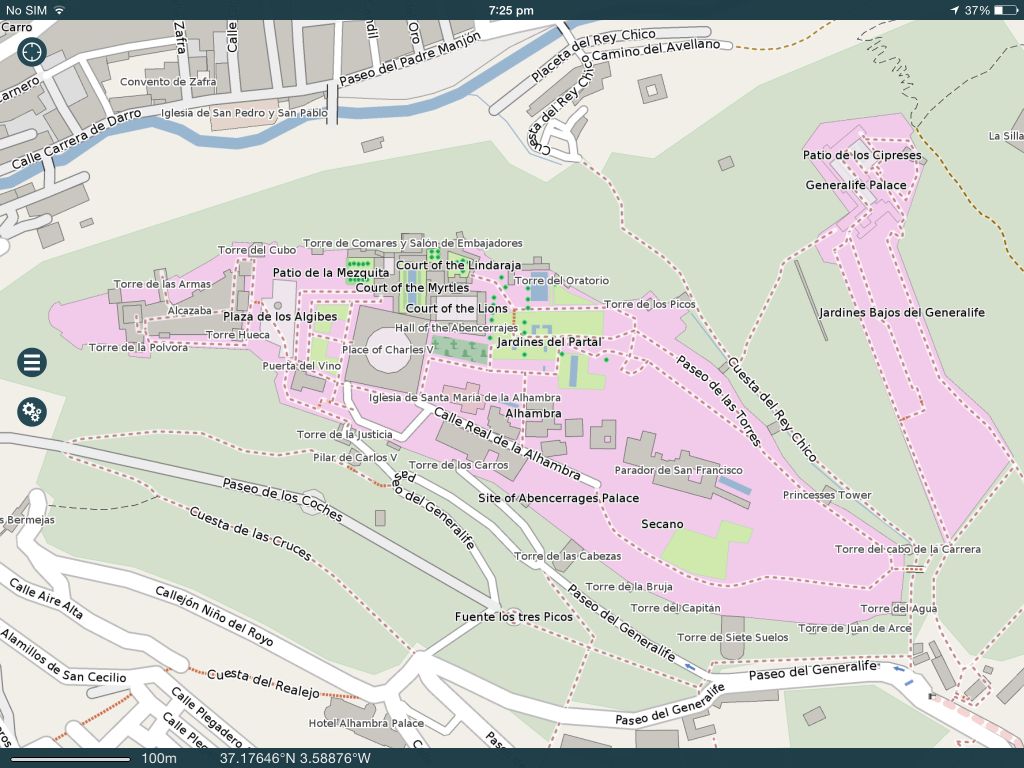
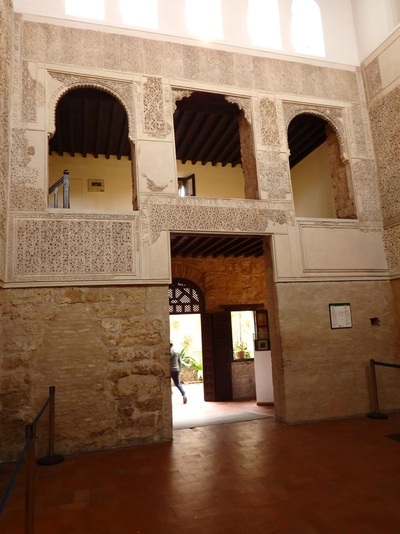
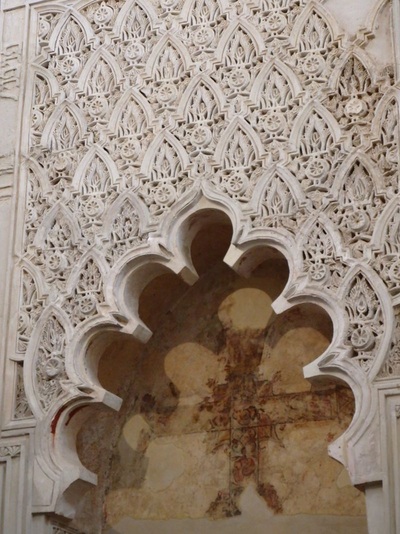
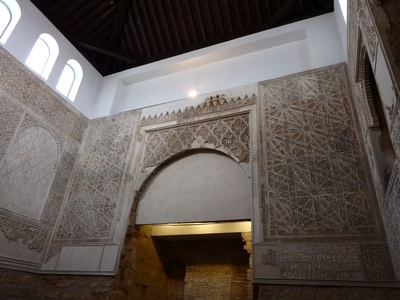
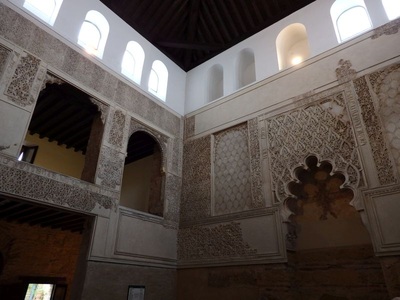
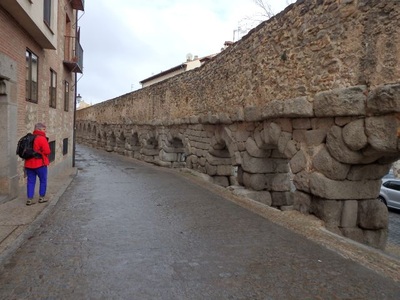
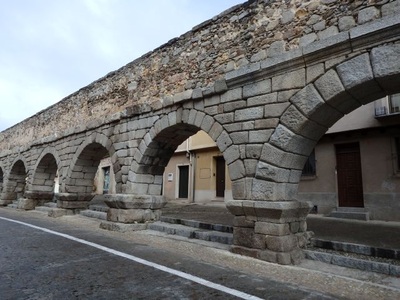
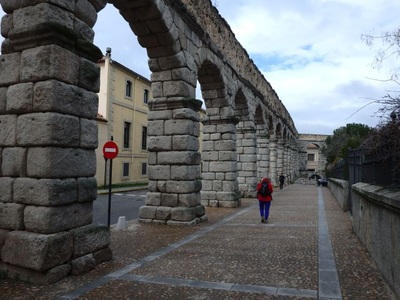
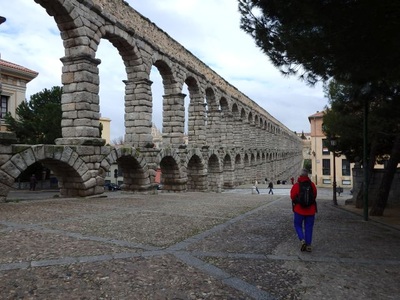
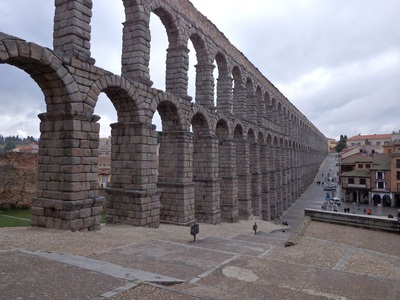
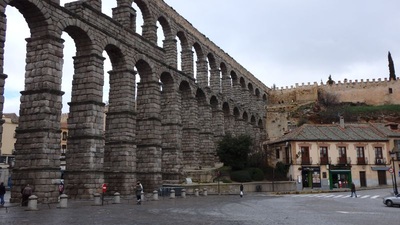
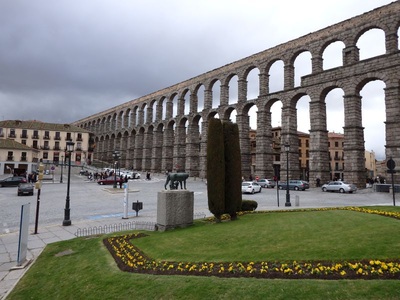
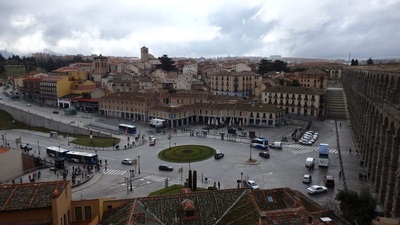
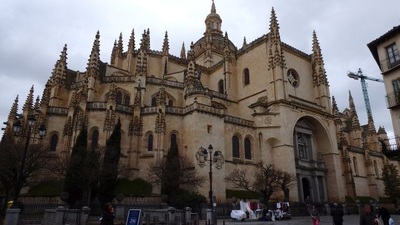
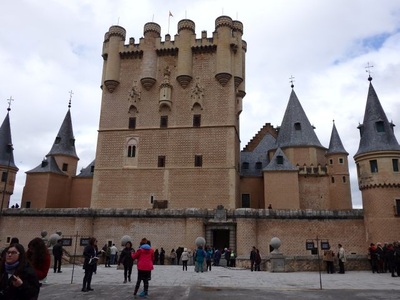
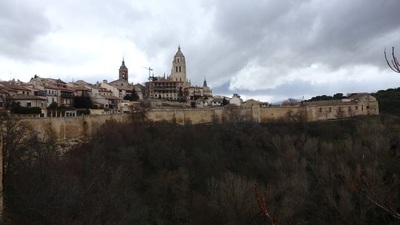
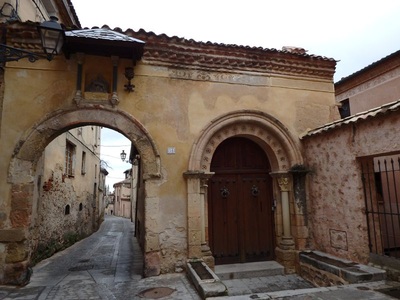
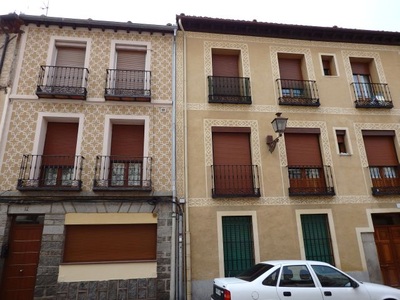
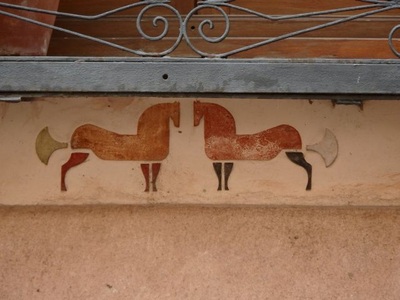
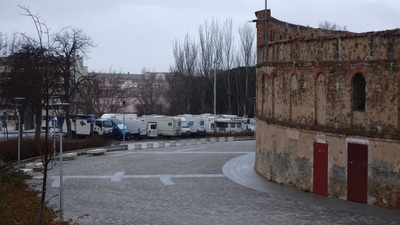
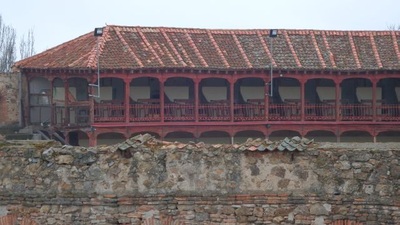
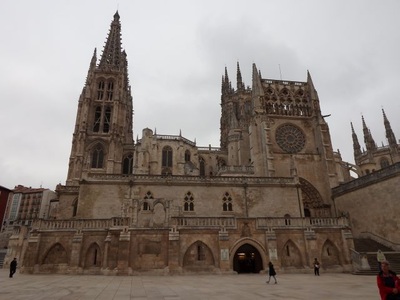
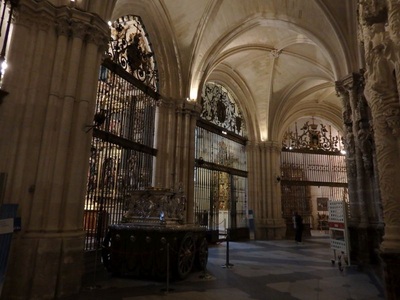
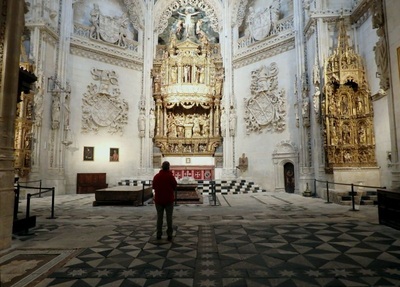
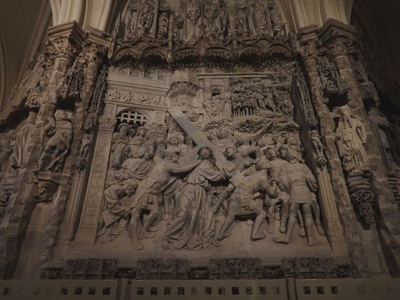
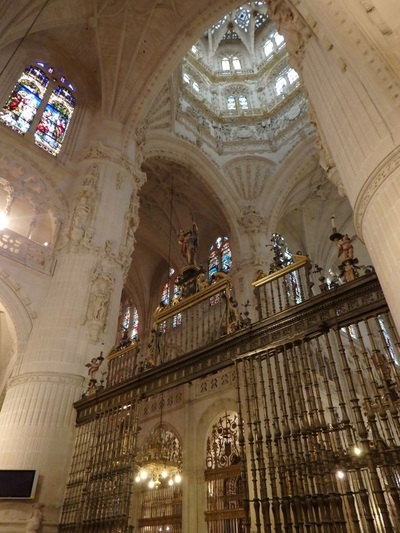
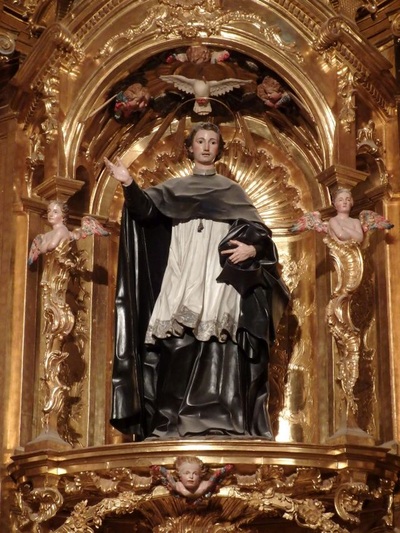
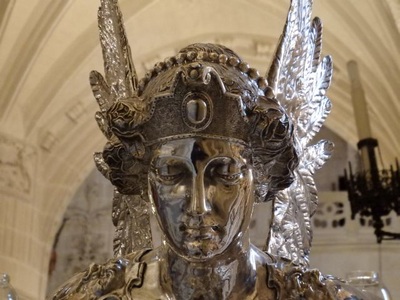
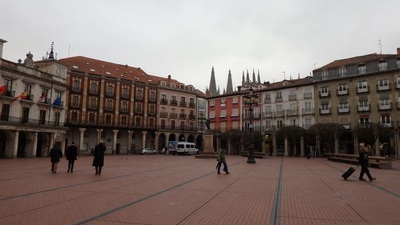
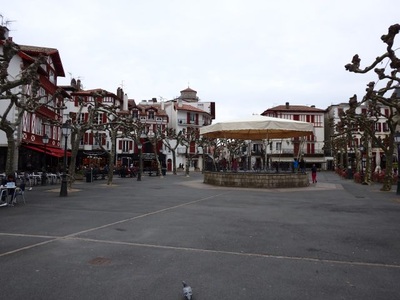
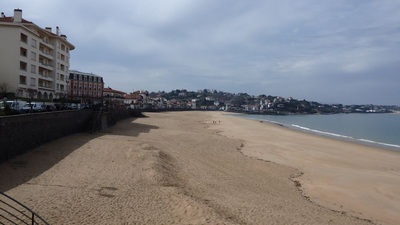
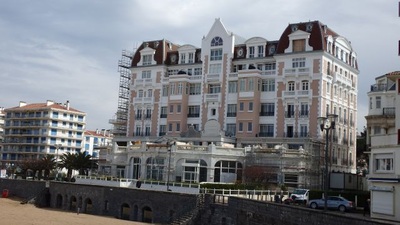
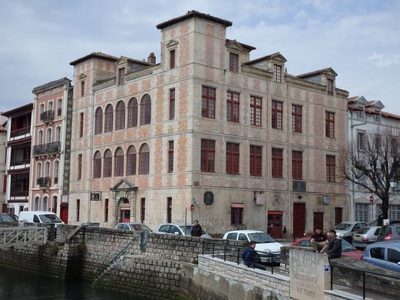
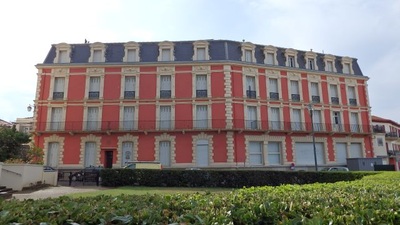
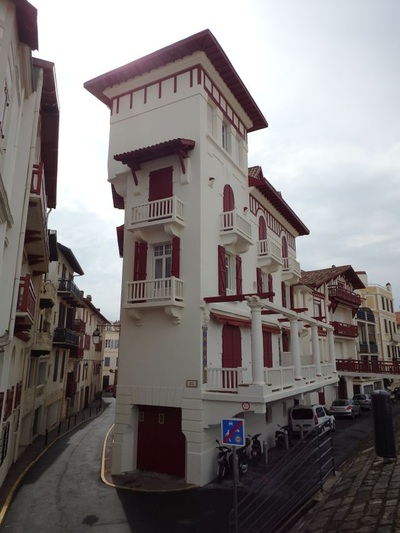
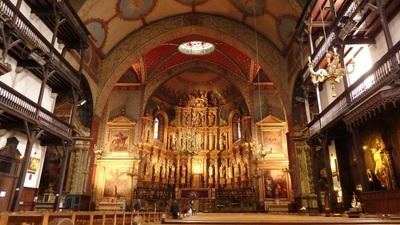
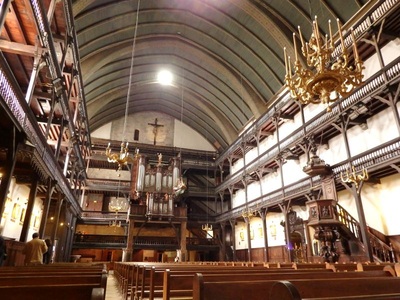
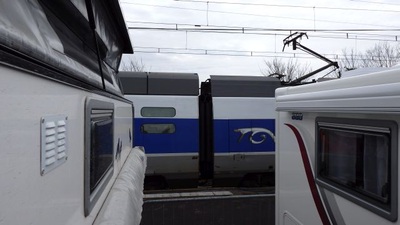
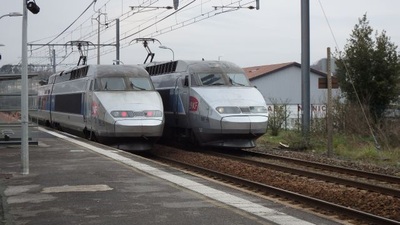
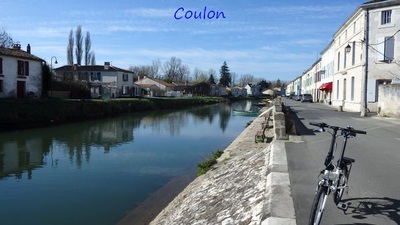
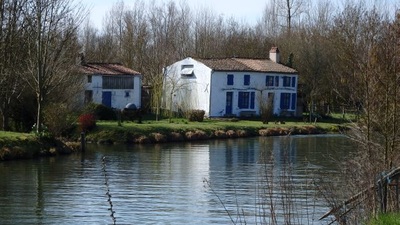
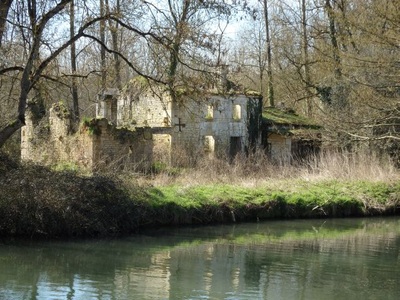
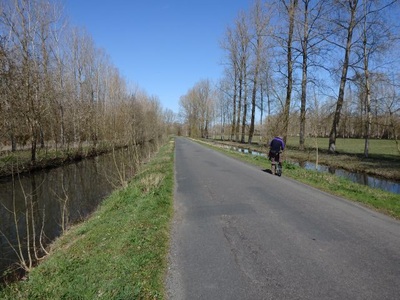
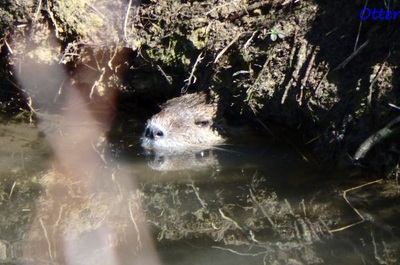
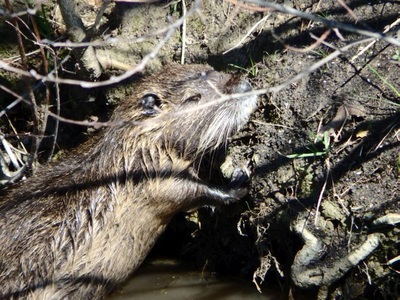
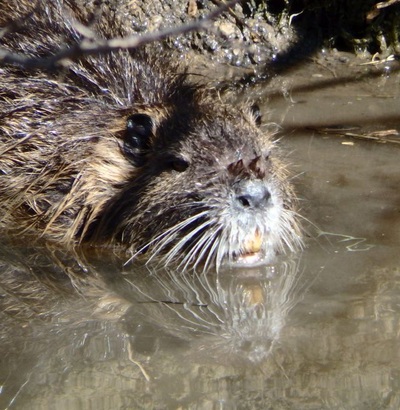
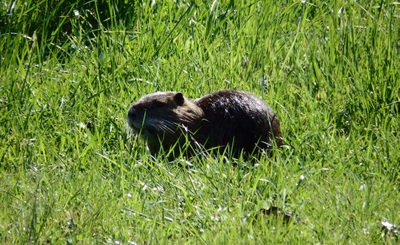
 RSS Feed
RSS Feed
